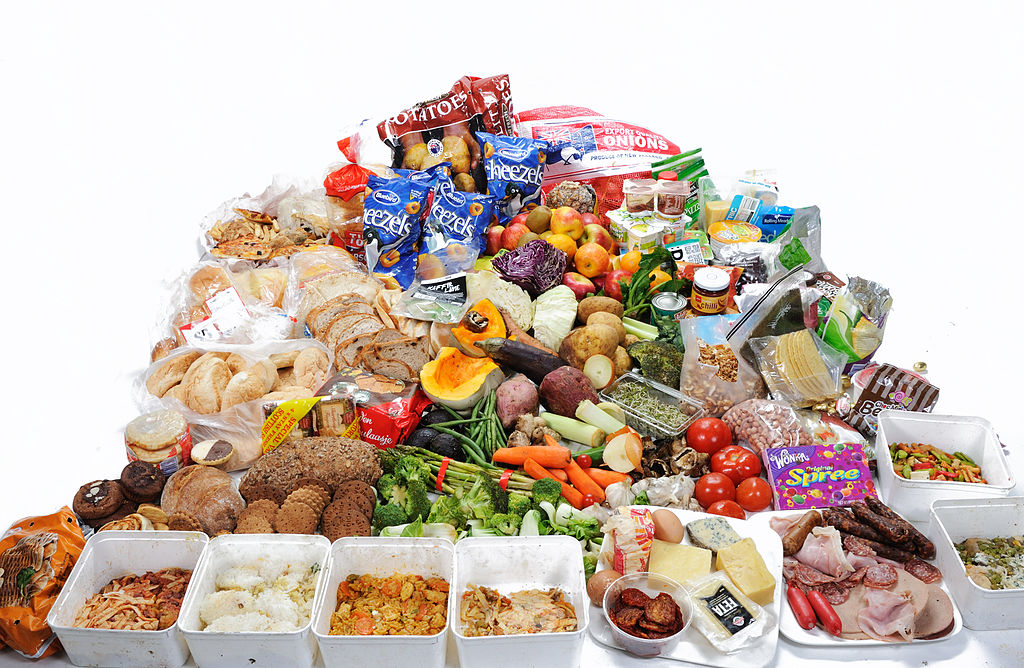
Did you know that most gardeners don’t waste food? Is it because by growing our own we are picking and using our homegrown produce at peak freshness and it tastes way too good to waste? or maybe because so much TLC and hard work at times went into growing that food? Or is it because we’ve learned how to preserve produce so we can buy from local markets to take advantage of peak flavour and often best prices for things that are in season?
We care about Food Waste – Here’s Why
Because we prefer not to waste our hard-earned money AND we know it’s harmful to the environment. The price of groceries continues to rise so anything we can do to use up what we buy or grow ourselves just makes good sense.
Uneaten food that ends up in landfills produces harmful greenhouse gas emissions (like methane) that contribute to climate change.
According to the National Zero Waste Council, consumers are responsible for the largest share of food waste, approximately 47% of total food waste. The remaining food waste is created where food is grown, processed, transported, and sold (retail, restaurants, hotels).
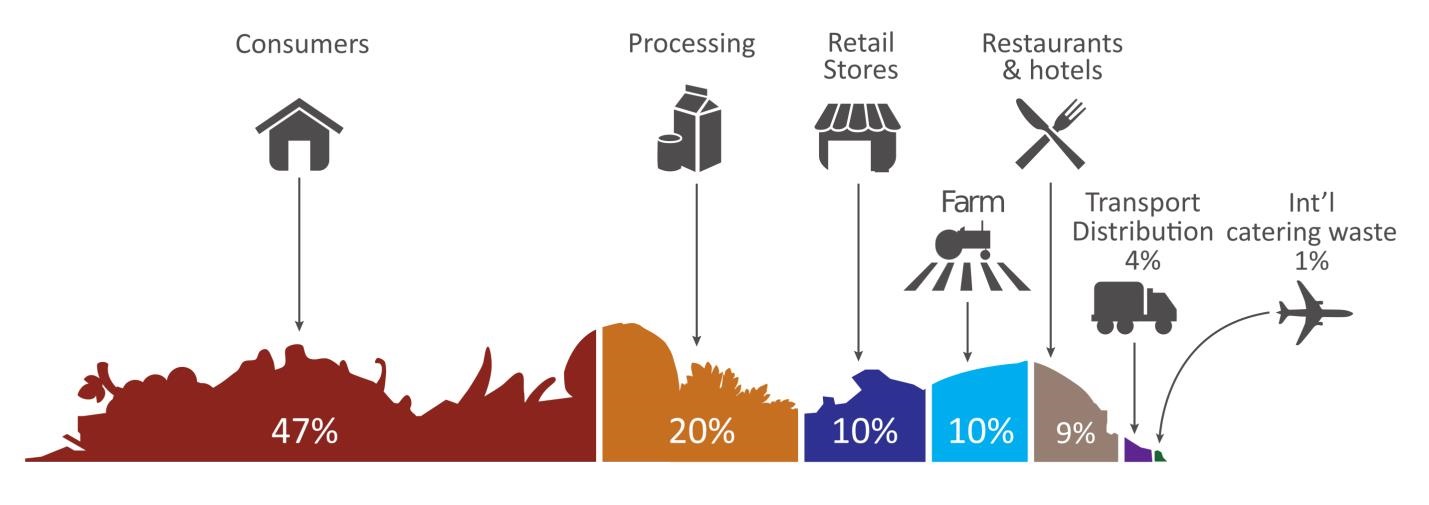
Consumers can help by making some simple changes
Don’t Waste Food “Use it Wisely” – Reducing food waste at home is easy by making simple changes to use more of the food grown in your garden or purchased at the farmers’ market.
1. Plan your meals ahead of time and include vegetables and fruit daily.
2. Store your food properly. Know what produce goes in the fridge or can be left on the counter and for how long. Learn how to freeze foods that will otherwise be wasted.
3. Try canning some of that extra produce. Here are some of our ideas
4. Use more of the plant – Did you know that the leaves of root vegetables, left-over stems, stalks, and even vegetable and fruit peelings can be used? Check out these delicious recipes in the Waste Less cookbook for less waste and more flavour and nutrients in your pesto, smoothies, soups, and stews.
When you’ve used what you can – Compost what’s left
Some food waste, such as fruit and vegetable cores and seeds, tea bags, and coffee grounds cannot be avoided. Composting these foods with grass clippings and other yard waste such as leaves, straw, and cornstalks is the best way to create nutrient-rich compost that can be added to your gardens to improve your garden’s soil. Compost is the absolute best thing you can add to your soil!
Here’s a printable, easy-to-use guide Composting Basics.
Note for Londoners – The City of London Ontario is exploring a Green Bin Program to be started in 2022. Green bin programs can help use some of the unavoidable food waste, but it is still better to prevent the wasted food in the first place or compost at home.
Let’s all be a bit wiser this year about using our food!

Additional Resources
Eating Well.Com – Vegetables you Can Eat from Root To Stem
TREA’s excellent Composting Guide with troubleshooting tips
UnlockFood.ca Top 5 tips on reducing food waste at home
More Reference Materials related to Don’t Waste Food – Use it Wisely:
- Food-related Waste in Canada – downloadable report – Arrell Food Institute at the University of Guelph (n.d)
- Managing/Reducing Waste, Food Loss – Government of Canada (2020)
- Food Label and Dating requirements – Government of Canada (2019)
- Food Waste Audit Guide – Ontario Food Collaborative (2021)
- Waste Management Strategy – Toronto Public Health (n.d)
Related Posts


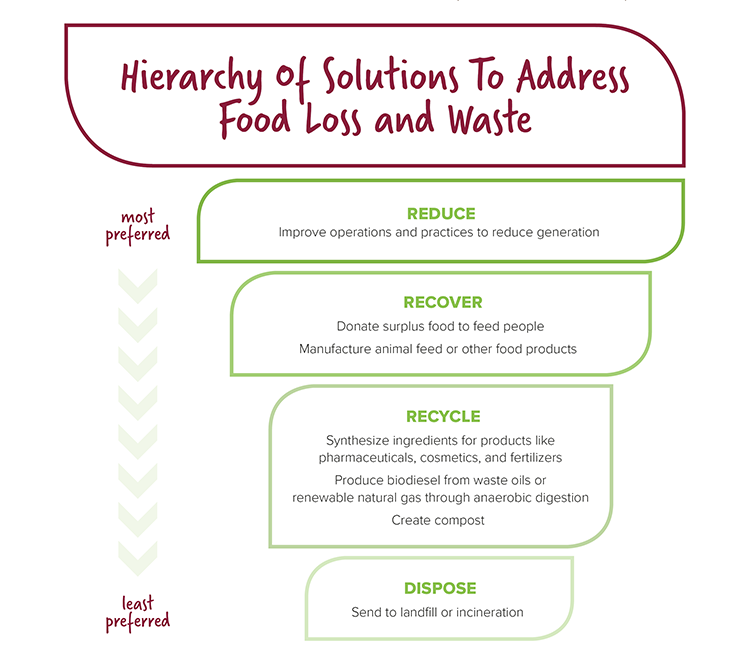
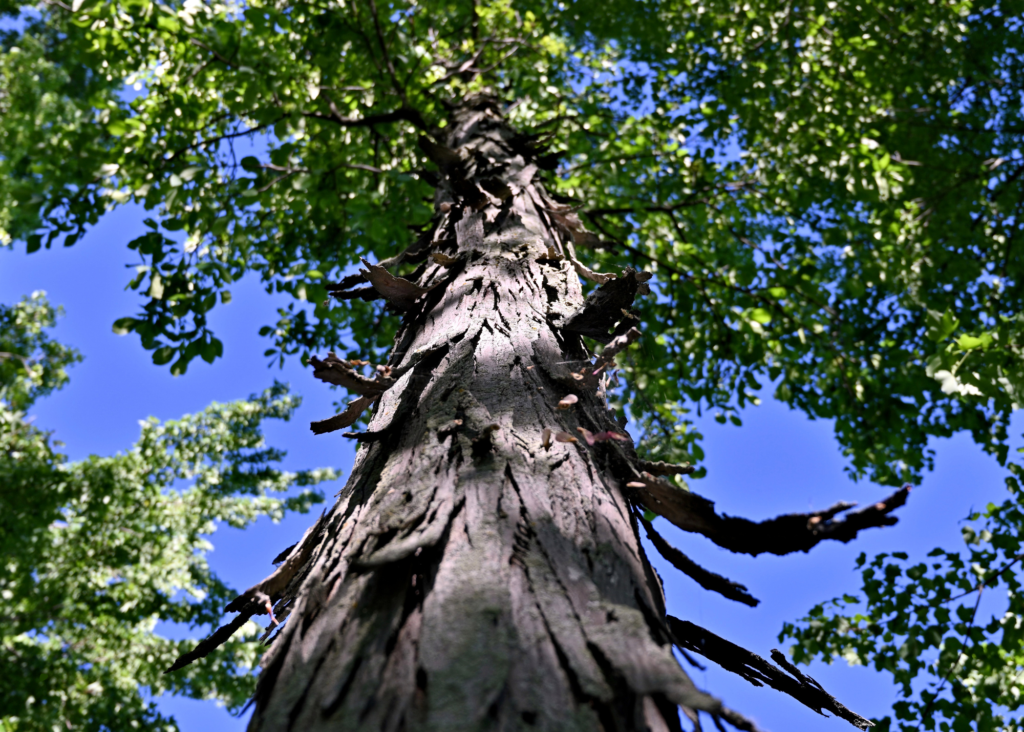
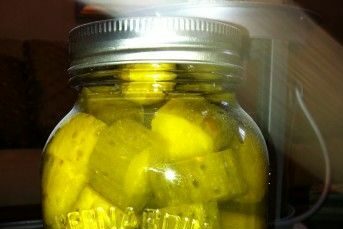
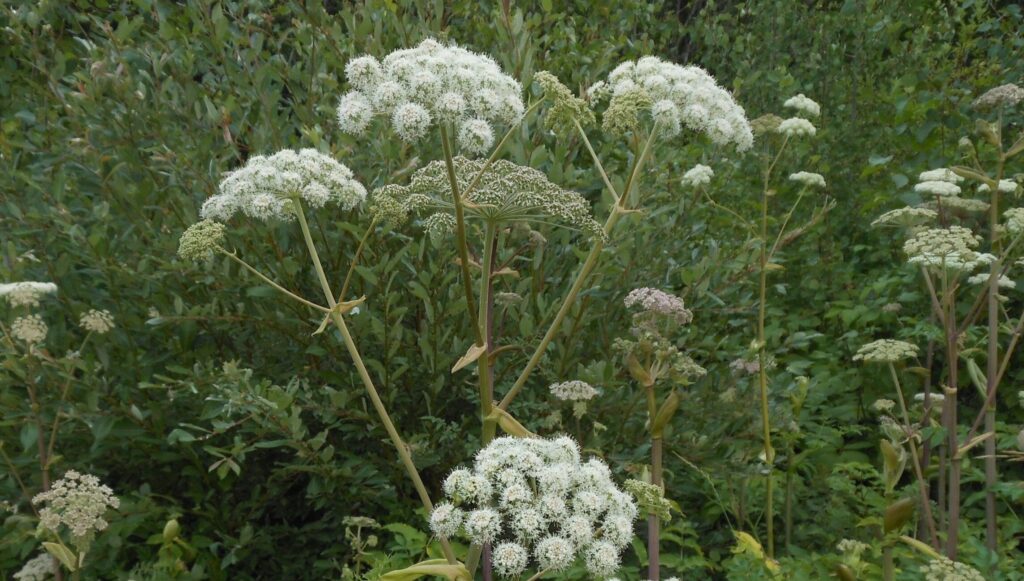
About The Author: Ginette Blake
Ginette learned to garden from her parents while growing up in Sudbury where the growing season is quite short. She has never tasted better raspberries than the ones they snacked on all day long every July! Ginette joined the London Middlesex Master Gardeners in 2018 and completed the course requirements in horticulture at the University of Guelph. She became a Master Gardener in 2020. Ginette spends her professional life and a lot of her personal life celebrating and working with wholesome foods. She has a degree in Applied Human Nutrition from the University of Guelph and has been a Registered Dietitian for 29 years working in the area of health promotion, food literacy, and food insecurity.
More posts by Ginette Blake